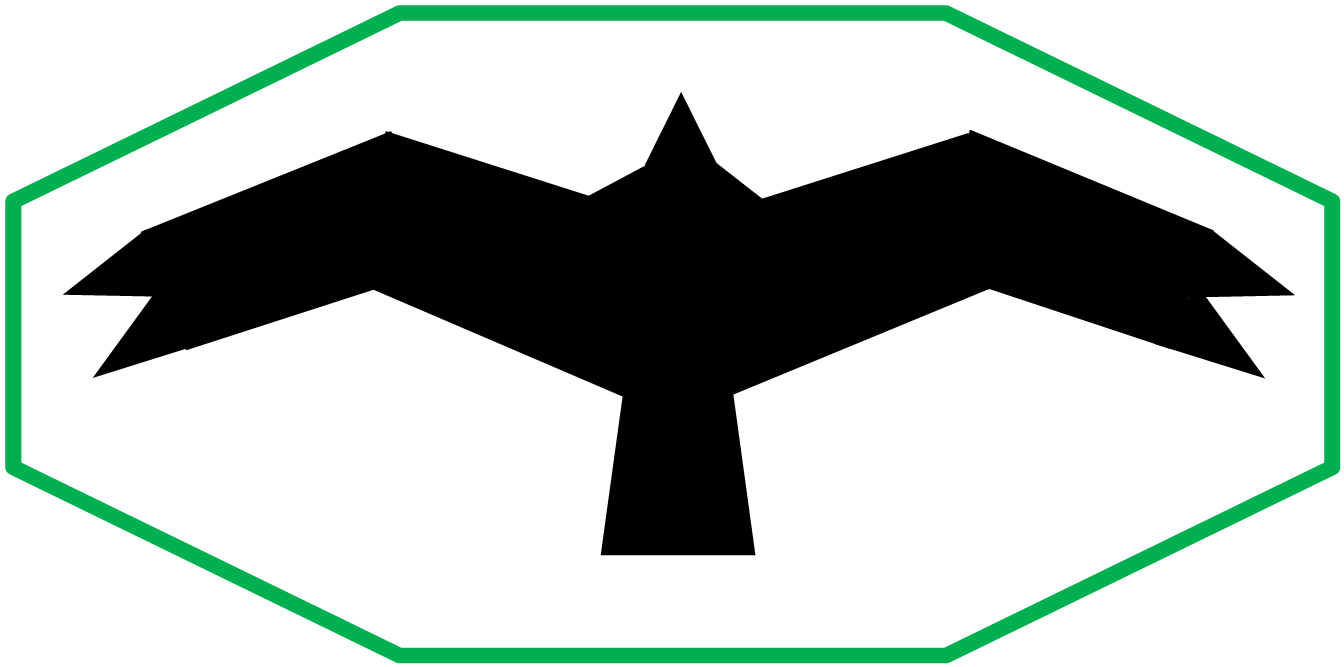

AvianActs: A Point of View
In 1960 Jane Goodall travelled to Africa, and her observations of chimpanzees revealed their ability to use tools, their display of emotions like joy, sorrow and anger, the existence of family bonds and their individual personality variations. Chimpanzees are genetically the closest living relatives of humans, and aided by photographs, films and Jane’s writings, the closeness of chimpanzee and human behavior became acceptable. On the other hand, William J. Long’s observations of wildlife in North America conducted in the early 1900s, revealing the display of emotions and skills in the lower animal orders, met with much skepticism by the scientific community at that time. His findings of strikingly unusual behavior of birds and animals are fascinating to read. Although validated by a handful of individuals they were not supported by evidence collected in an ‘acceptable’ scientific method and were often discarded as fake.
Observing species in the wild in their natural environments takes time and patience. One must remain an observer, hidden from view as far as possible, and not pose a threat. Following creatures that travel over long distances is arduous, and identifying individuals without marking and disfiguring them is almost impossible. The scientific community has mostly limited studies to captured and caged creatures or to those of banded individuals, sometimes equipped with tracking devices. Although generally accepted as the norm, these techniques may torture a creature under study and alter its behavior. Adam Nicolson noted his reaction to banding of European Shags in his book Seabird’s Cry:
"Usually nowadays a metal ring to be recovered on death or recapture, is added to a colored plastic ring which can be read through binoculars. And although there is all kinds of scientific justification for doing that to a bird, allowing its life-and-death-habits to be measured and guessed at, I watched the ringers at work and felt distant from them. It seemed to me that you could hold more of the shag, see more of it and know more of it when standing and looking at them in flight than when grabbing or clutching at them, one arm around the chest and body, and the other firmly clamped around the lacerating bill. As soon as a shag is in a man’s hands, its umwelt has gone. That whole imagination, intense, life-encompassing and evolved halo evaporates when the bird is held. They are diminished creatures in the hand, their aura of power and strangeness lost, gripped by terror more than anything else, confused and hopeless in a world of metal pliers, their wings sometimes caught in the mesh of nets like awkward elbows, their fluster a collapse of being".
In our work in the AvianActs project, we have taken an approach consistent with the view that all living beings have a ‘lifeforce’, referred to as ‘spirit’, ‘soul’ or ‘umwelt’ in different cultures and traditions. This unseen and non-physical entity has the intelligence to sustain and adapt all parts of the physical self from birth to death and stay connected with other entities in nature. Western science has generally ignored this aspect, and focused on investigating different parts and organs, treating a creature as a machine, equipped with ‘instinct’ or preprogrammed genes to explain what cannot be explained. This approach continues to draw mainstream scientific research, in spite of its failures to fully understand the behavior of many living creatures after years of study.
Our primary methodology is to study wildlife at a close range without interference. Many of the observations are made from inside a house that functions as a blind. Observation times can be long or adjusted to the hours when there is an interesting event to be observed. A second methodology, in a different location, is sometimes employed in which an attractor is placed to solicit voluntary participation of wildlife for specific experiments and for quantitative measurements. We are making use of modern technology for collecting evidence such as photographic equipment, audio recorders, thermal and light meters, weighing scales and programmable timed windows for observations. Data are recorded and entered in a database for detailed analysis. Photographs, videos and audio recordings help validate our observations which are shared with others.
We have come to realize that nature has gifted all species the skills to survive in the wild. They must adapt to the ever-changing environment, find food sources and remain safe from predators. By observing the behavior of a few selected species, we get a view of how these skills come to play. One can see the anxiety and hear it in the call of a bird when a cat saunters by its nest. Watching the parents bringing food to chicks in a nest, one begins to wonder the extent of cooperation between the two adults and the chicks to ensure that all are adequately fed.
One does not need to travel far to see that the behavior of birds and animals is similar to humans in many respects. We are all living beings sharing most of our genes. The survival of a species requires healthy bodies sustained by external intake of food, and successful reproduction. This is a law of species that must be obeyed.
Human societies have advanced superbly in one direction, but in that process individuals are becoming more disconnected and losing many basic skills that nature has gifted us with. Does one really need an ‘App’ to figure out when and what to eat?
We continue to post our findings on the AvianActs website, classifying them in three different categories (Phenology, Scientific Experiments and Education and Enrichment) to appeal to folks with different aptitudes, bents and levels of interest.